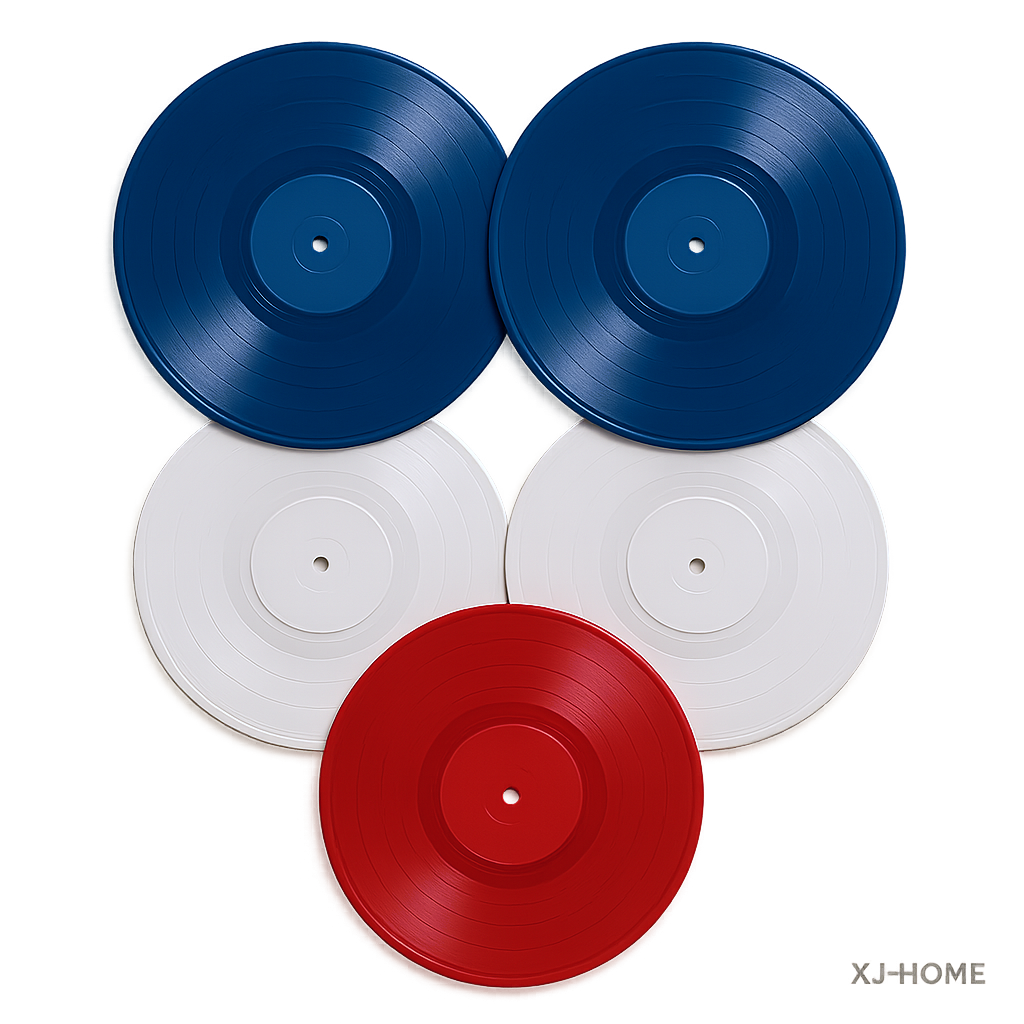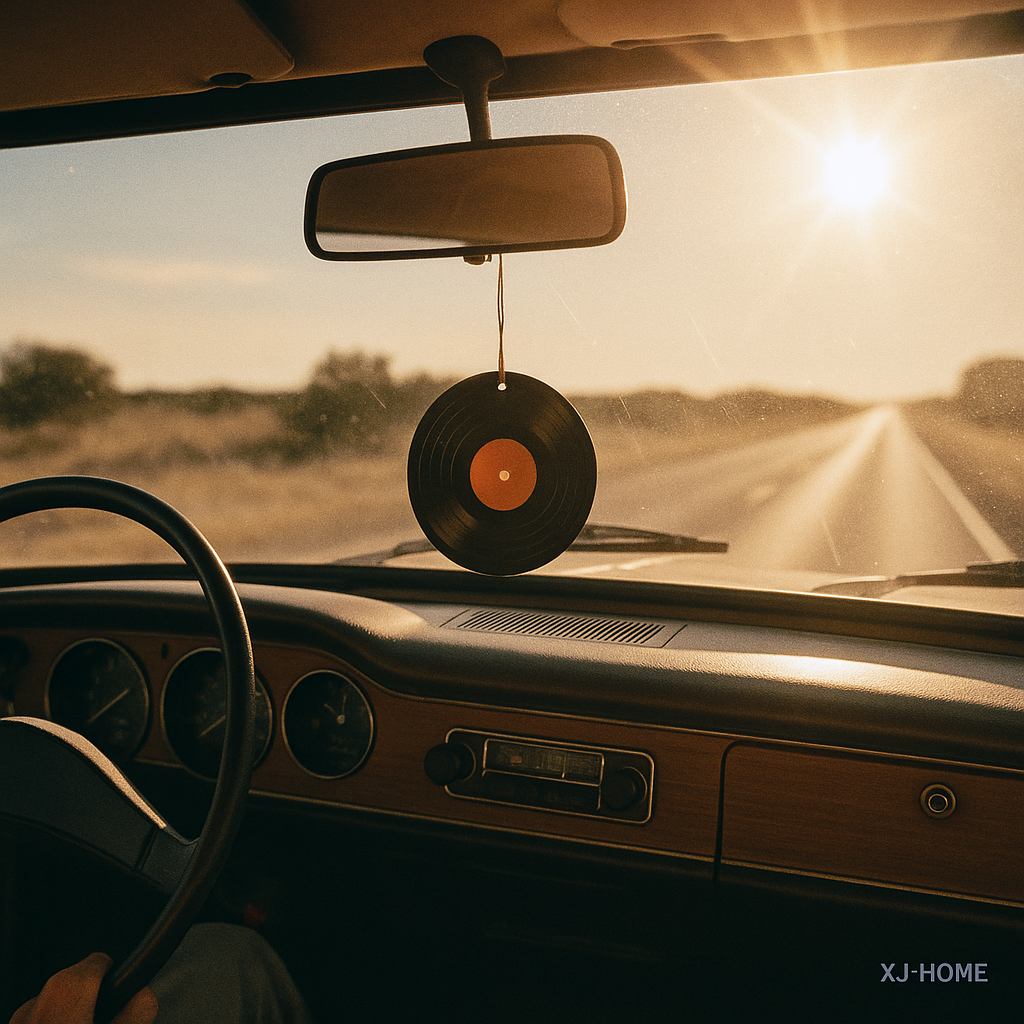So, you've got your turntable, your cherished vinyl, and an amplifier and speakers ready to make some music. But there's a crucial, often misunderstood, component in that chain that can make or break your analog experience: the phono preamplifier (or phono stage). This unassuming box is the unsung hero of your vinyl rig, performing a feat of electronic alchemy that transforms the microscopic wiggles in a record groove into the glorious sound that fills your room. Choosing the "perfect" one isn't just about features; it's about understanding its fundamental role and how it synergizes with your specific cartridge and overall system.
Why Do I Even Need This Thing? The Two Crucial Jobs of a Phono Preamp
The signal coming directly from your phono cartridge is incredibly delicate and has two major characteristics that make it incompatible with a standard line-level input (like AUX, CD, or Tape) on your amplifier:
-
It's Tiny: The output voltage of a typical Moving Magnet (MM) cartridge is measured in millivolts (mV) – thousandths of a volt. A Moving Coil (MC) cartridge can be even lower, in the microvolt (µV) range – millionths of a volt! This is far too weak to drive your main amplifier directly.
-
The Preamp's Role (Gain): The first job of the phono preamp is to provide gain – to amplify this minuscule signal by a significant factor (often 100x to 1000x or more) to bring it up to a robust line level that your main amplifier can work with.
-
-
It's Not Tonally Balanced (RIAA Equalization): To physically cut a record groove that can hold all the frequencies of music and allow for reasonable playing times, a specific equalization curve is applied during mastering. This is known as the RIAA (Recording Industry Association of America) equalization curve.
-
Essentially, bass frequencies are significantly reduced and treble frequencies are significantly boosted when the record is cut. Without this, bass grooves would be too wide, and high frequencies would be lost to surface noise.
-
The Preamp's Role (EQ): The second critical job of the phono preamp is to apply the inverse RIAA curve during playback. It boosts the bass and cuts the treble precisely to restore the original tonal balance of the recording. Without accurate RIAA equalization, your records would sound thin, bright, and completely unnatural. For a deeper dive into the history and technicalities of this fascinating standard, Wikipedia's entry on RIAA equalization is an excellent resource.
-
Built-In vs. External: The First Big Decision
Many modern turntables and some integrated amplifiers come with a phono stage built right in. So, do you even need a separate, external one?
-
Built-In Phono Preamps:
-
Pros: Convenience (plug-and-play), cost-effective (no extra box to buy), often perfectly adequate for entry-level to mid-tier setups. Many turntables with built-in preamps offer a switch to bypass it, allowing for future upgrades.
-
Cons: Quality can vary wildly. In budget turntables or amps, the built-in phono stage is often a point of compromise, using basic components that might not offer the lowest noise or highest fidelity. They typically lack the flexibility (like adjustable gain or loading) needed for more advanced cartridges.
-
-
External (Outboard) Phono Preamps:
-
Pros:
-
Superior Sound Quality: Dedicated external units, even affordable ones, often use better components, more sophisticated circuit designs, and dedicated power supplies, leading to lower noise, greater dynamic range, and more accurate RIAA equalization.
-
Flexibility & Upgradability: Many external preamps offer adjustable gain and loading settings (more on this later), crucial for optimizing performance with different cartridges, especially Moving Coil types. They allow you to upgrade this critical component independently of your turntable or amplifier.
-
Isolation: Keeping the sensitive phono circuitry in its own chassis, away from the potentially noisy electrical environments inside a turntable or integrated amplifier, can significantly reduce interference.
-
-
Cons: Additional cost, another box and set of cables in your system.
-
The Iconoclastic Truth: While a built-in phono stage is a great starting point, if you're serious about getting the best from your vinyl, an external phono preamp is one of the most impactful upgrades you can make, often yielding more noticeable improvements than far more expensive component changes elsewhere in the system.
MM vs. MC: Matching Your Cartridge to Your Preamp
Phono cartridges primarily come in two flavors: Moving Magnet (MM) and Moving Coil (MC). They generate their signals differently and have vastly different output levels and electrical characteristics, thus requiring different things from a phono preamp.
-
Moving Magnet (MM) Cartridges:
-
The most common type, especially in budget to mid-range turntables.
-
Higher output voltage (typically 2mV to 5mV).
-
Require a standard phono input impedance of 47,000 ohms (47k ohms) and a specific capacitive load (usually between 100pF and 300pF, picofarads – check your cartridge specs!).
-
Most built-in phono stages and basic external ones are designed for MM cartridges.
-
-
Moving Coil (MC) Cartridges:
-
Generally found in higher-end systems, prized for their detail retrieval and dynamic range.
-
Much lower output voltage than MM.
-
Low-Output MC (LOMC): Typically 0.1mV to 0.5mV. Require significantly more gain from the preamp.
-
High-Output MC (HOMC): Output closer to MM levels (e.g., 1.5mV to 2.5mV). Some can be used with MM phono stages, but always check manufacturer recommendations.
-
-
Require adjustable input impedance (loading). Unlike the 47k ohm standard for MM, MC cartridges perform best when "loaded" with a specific resistance, often ranging from 20 ohms to 1000 ohms (or more). The optimal loading value varies greatly between MC cartridges and significantly impacts the sound.
-
Crucial Point: You cannot simply plug a low-output MC cartridge into a standard MM phono input. The gain will be insufficient, and the sound will be incredibly quiet and thin. You need a phono stage that is either specifically designed for MC cartridges or offers switchable MM/MC modes with appropriate gain and loading adjustments.
Key Preamp Specifications & Features to Understand
When comparing phono preamps, here are the terms you'll encounter:
-
Gain (dB): Measured in decibels (dB), this tells you how much the preamp amplifies the signal.
-
Typical MM gain: 35dB to 45dB.
-
Typical LOMC gain: 55dB to 70dB (or even higher for very low output carts).
-
Some preamps offer adjustable gain settings, which is highly beneficial for fine-tuning the output level to match the rest of your system and optimize the signal-to-noise ratio.
-
-
Input Impedance (Ohms) / Resistance Loading (for MC):
-
For MM: Standard is 47k ohms. Most MM stages are fixed at this.
-
For MC: This is a critical adjustment. The ability to select different impedance values (e.g., 50Ω, 100Ω, 200Ω, 500Ω, 1kΩ) allows you to "tune" the preamp to your specific MC cartridge. The manufacturer usually provides a recommended range, but experimentation can yield the best sonic results. Incorrect loading can make an MC cartridge sound dull or overly bright.
-
-
Input Capacitance (pF) (Primarily for MM):
-
The total capacitance seen by an MM cartridge (from tonearm wires, cables, and preamp input) affects its high-frequency response. Some higher-end MM phono stages offer adjustable capacitance settings (e.g., 100pF, 150pF, 220pF, 320pF). This allows you to fine-tune the treble performance of your MM cartridge. If not adjustable, aim for a preamp with a low input capacitance (e.g., 100pF), as cable capacitance will add to this.
-
-
RIAA Accuracy: How closely the preamp adheres to the RIAA equalization curve. Quoted as a deviation in dB (e.g., ±0.5dB from 20Hz-20kHz). Tighter accuracy is generally better.
-
Signal-to-Noise Ratio (SNR): Measures how quiet the preamp is relative to the signal. A higher SNR (e.g., >70dB for MM, >60dB for MC) is better, indicating less background hiss or hum.
-
Subsonic/Rumble Filter: A switchable filter that rolls off very low frequencies (e.g., below 20Hz). This can be useful for reducing woofer pumping caused by warped records or turntable rumble, without significantly affecting audible bass.
Solid-State vs. Tube Phono Preamps: A Sonic Choice
-
Solid-State: The vast majority of phono preamps use transistors. They are generally known for accuracy, low noise, reliability, and neutrality.
-
Tube (Valve): Use vacuum tubes for amplification. Often prized for a "warmer," "richer," or more "three-dimensional" sound, though this is subjective. They can be more expensive, generate more heat, and tubes eventually need replacement.
This choice often comes down to sonic preference and system synergy.
Making the Choice: Factors to Consider
-
Your Cartridge: This is the #1 determining factor. Is it MM or MC? What are its output voltage and recommended loading (if MC) or capacitance needs (if MM)?
-
Your Budget: Phono preamps range from under $50 for basic MM units to many thousands for esoteric designs. Set a realistic budget. Excellent performance can be found at various price points.
-
Current System & Future Aspirations:
-
If you have a basic turntable with a built-in preamp, an external unit like the Schiit Mani 2 or Rega Fono Mini A2D (around $150-$200) can be a significant upgrade for MM cartridges.
-
If you're planning to explore LOMC cartridges, you'll need a preamp with MC capability and adjustable settings. Models like the iFi Zen Phono or Pro-Ject Phono Box S2 Ultra offer good MM/MC flexibility at reasonable prices ($200-$400).
-
For those seeking higher performance, brands like Musical Fidelity, Parasound, and Darlington Labs offer excellent mid-tier options, while the sky's the limit with high-end offerings.
-
-
Desired Features: Do you need adjustable gain/loading? A subsonic filter? Multiple inputs?
The journey to finding the "perfect" phono preamp is about matching its capabilities to your cartridge and your sonic goals. It's a component where thoughtful investment can yield disproportionately large rewards in sound quality. At XJ-HOME, we believe that every part of the audio chain contributes to the final experience. While we focus on high-performance audio furniture and accessories designed to optimize your system (which you can explore at https://xenonjade.com), we know that the magic truly begins with getting the fundamentals right – and a well-chosen phono preamp is absolutely fundamental to great vinyl playback. Don't underestimate its power.





Leave a comment
All comments are moderated before being published.
This site is protected by hCaptcha and the hCaptcha Privacy Policy and Terms of Service apply.